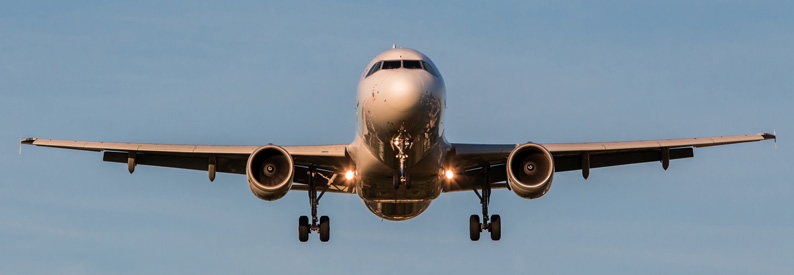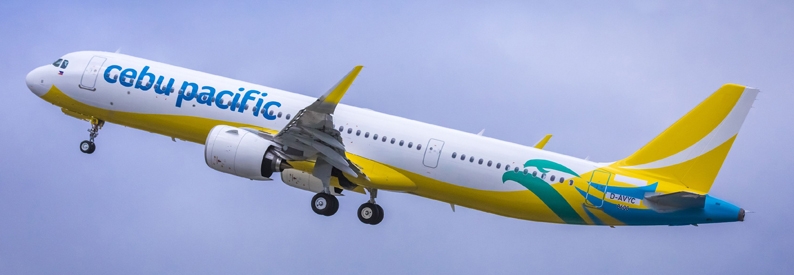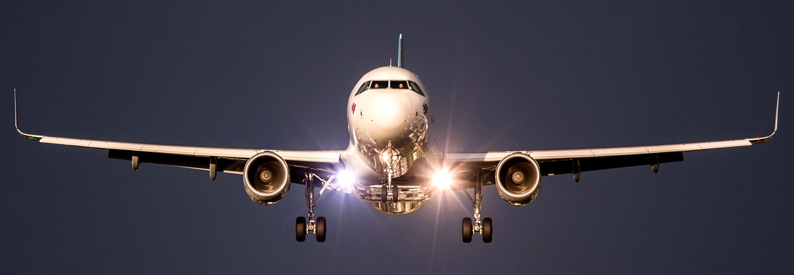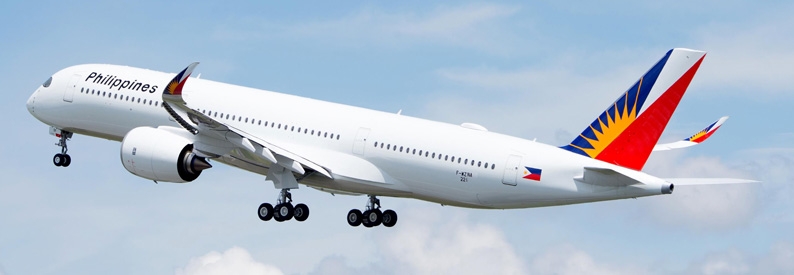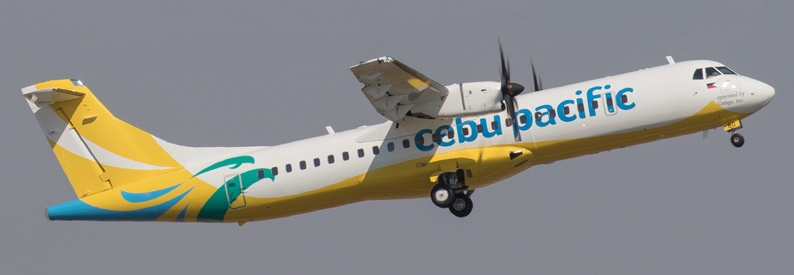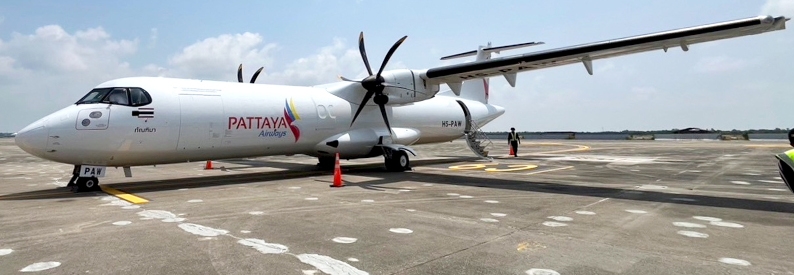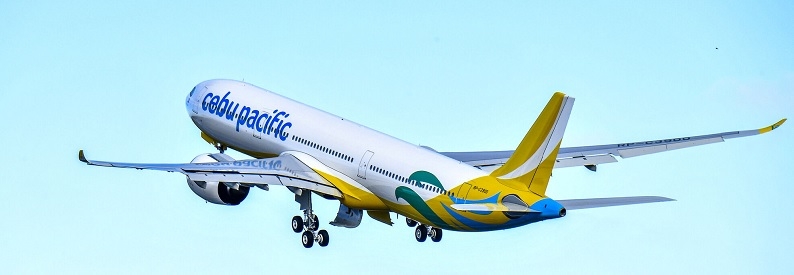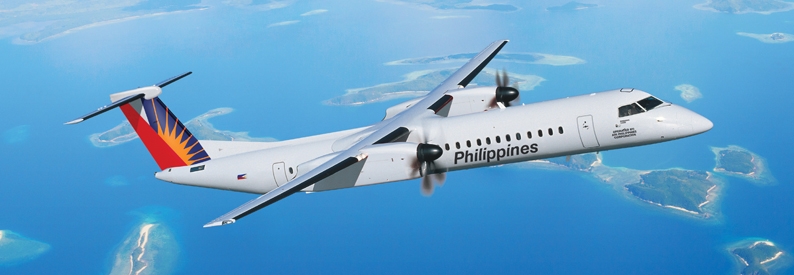Pratt & Whitney PW1100G engine issues are not improving as quickly as previously anticipated and will not start abating by the end of 2025, the chief executive of Cebu Pacific Air (5J, Manila Ninoy Aquino International), Mike Szucs, said during a meeting of an industry group in London.
"Three or four months ago, I would have considered that our [issues] with Pratt & Whitney would come down toward the end of this year. I don’t think it’s going to come down as much as we thought," Szucs said, as quoted by Aviation Week.
He added that the situation could even get worse in 2026, and Cebu Pacific was now focused on at least preventing a further deterioration.
The airline operates twenty-two PW1100G-powered A320-200Ns and nineteen A321-200NX. ch-aviation data shows it has nine and four units of the respective types currently inactive. Although Cebu Pacific still has a firm order for six more A320-200Ns and eighty-four A321-200Ns (including, tentatively, ten A321-200NY(XLR) jets), it has also been leasing second-hand A320-200s to compensate for the capacity loss due to the groundings. Earlier this year, Szucs - an industry veteran who was the CEO of four other airlines before Cebu - admitted in an interview with ch-aviation that "managing the fleet has never been harder".
In turn, Cebu Pacific has no concerns regarding the Rolls-Royce Trent 7000 engines powering its fleet of twelve A330-900Ns. The airline deploys those widebodies in a high-density, single-class layout and predominantly on local routes.
"The issue for us is that we burn through the cycles quite quickly. Our issue is getting the spare engines to come in to support us when we’re doing our engine change plan. We’re actively managing that. Rolls have done a pretty good job in getting stuff through their shops, perhaps more so than others," Szucs said.
He added that Cebu would remain focused on regional routes of up to four hours, even as it grows its A330 fleet to 16 units. The carrier could increase the number of long-haul routes from the current three (Dubai International, Sydney Kingsford Smith, and Melbourne Airport) to four or five, but overall, it does not see the need to experiment with the difficult long-haul low-cost market, given the vast and rapidly growing market in East and Southeast Asia.
"LCCs in long-haul don’t necessarily work. Some routes work, plenty don’t. We found that out the hard way," the executive said.
Cebu utilises the widebodies mainly on trunk routes with very strong demand, where it cannot add more frequencies due to constraints at Manila Ninoy Aquino International.
- Type
- Base
- Aircraft
- Destinations
- Routes
- Daily Flights

